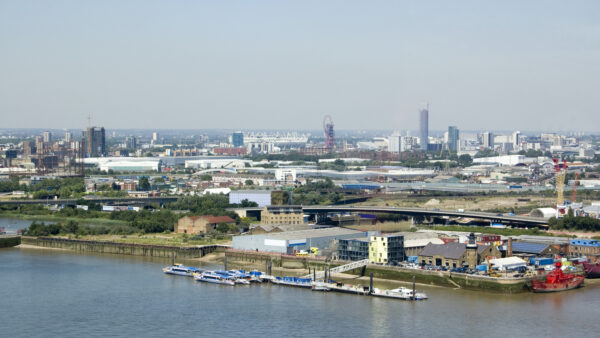
Image: Korn Vitthayanukarun – Dreamstime.com
With time running out to address the challenge of climate change, Julie Hirigoyen sets out the UK Green Building Council’s new framework to help government and businesses achieve a net zero carbon built environment.

Julie Hirigoyen
Climate change is undoubtedly the greatest challenge of our times. We need to take urgent action to almost halve global emissions by 2030 and eliminate them completely by the middle of the century.
It is in this context that the term “net zero carbon” has started to enter the mainstream. Businesses, government and civil society are all grappling with how it can be achieved in practice.
In the UK, the operation of buildings accounts for around 30% of emissions, mainly from heating, cooling and electricity use – while, for a new building, the embodied emissions from construction can account for up to half of the carbon impacts over its life cycle.
The term “zero carbon” has a particular connotation in recent years of UK government climate policy. However, we want to open a distinctly new chapter.
Now the UK Green Building Council has produced a report, Net Zero Carbon Buildings: A Framework Definition, that aims to make sense of this for the construction and property industry and build consensus about the actions needed to achieve a net zero carbon built environment.
Whereas historical “zero carbon” policies focused only on operational energy and modelled performance in new buildings, our report very clearly expands the scope to in-use performance and to encompass the whole-life carbon impacts of both new and – crucially – existing homes and buildings.
It contains an overarching framework of consistent principles and metrics that can be integrated into policy, but primarily can be used as a tool for businesses to drive the transition to a net zero carbon built environment.
The report is intended as a first step towards delivering buildings that are in line with the aims of the 2016 Paris Agreement – namely net zero carbon across the whole life of a building. In practice, such an ambition would be challenging to deliver today without more accurate emissions data. So, the framework refers to two definitions for net zero carbon buildings – one for in‑use operational energy and one for emissions from the construction process.
This is a complex and emerging discipline for built environment professionals, but together let us demonstrate that our industry can lead on achieving net zero carbon.
Julie Hirigoyen is chief executive of the UK Green Building Council








